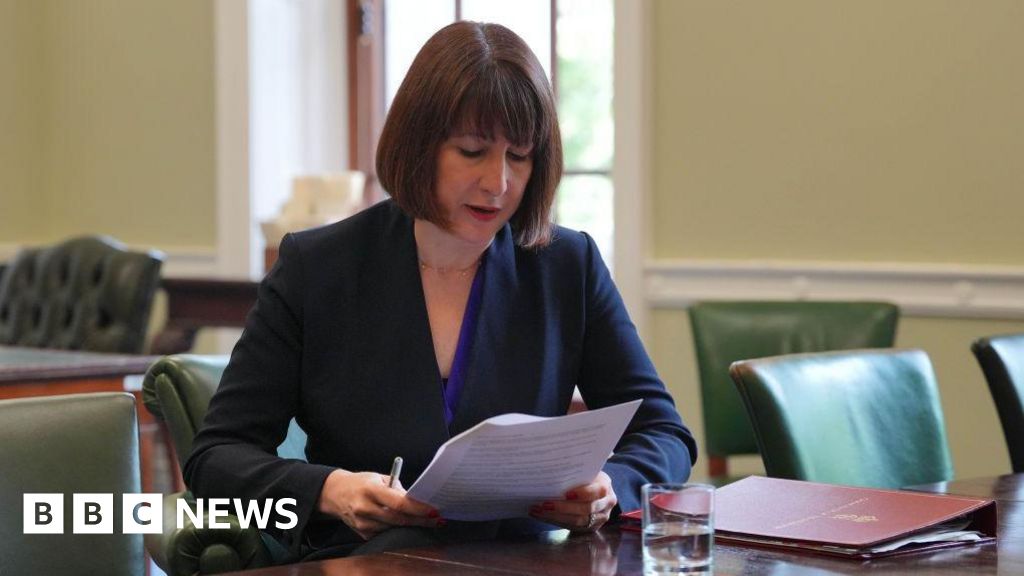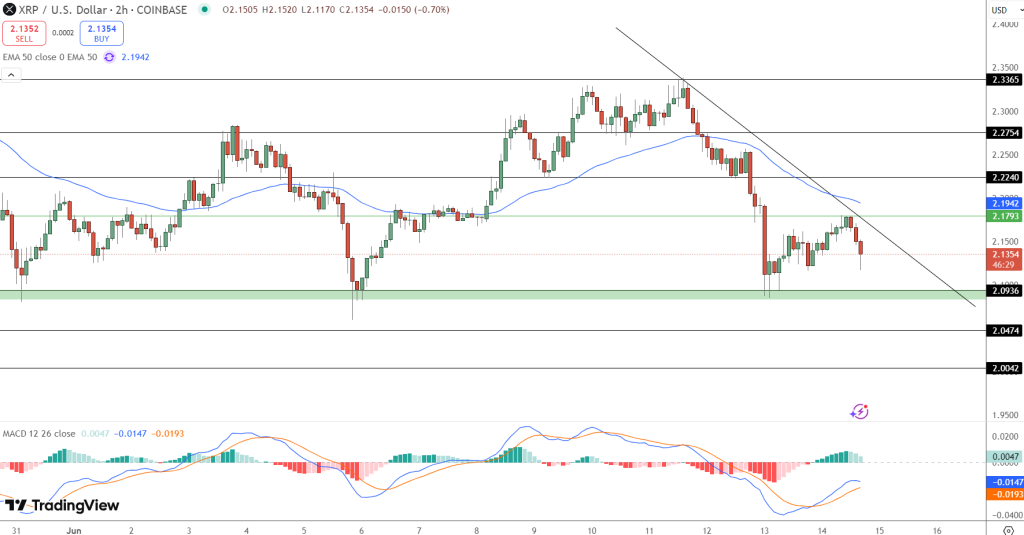In July, Chancellor Rachel Reeves laid out what she called a “fiscal black hole” that would need to be filled by cuts or savings at the Budget in late October, in order to meet her self-imposed borrowing limits.
Forecasts suggest the growth in the economy will have slowed by then. And yet this is the moment when the government could raise taxes further.
The Treasury is also looking for more savings in spending, perhaps in infrastructure, and in some areas of research spending. These are some of the areas normally associated with long-term economic growth.
The Treasury has argued that the heavy lifting on investment will have to be done by the private sector, which in turn will be comforted by political and economic stability, including iron discipline on the public finances.
The constant private narrative from some business leaders and former Downing Street residents is that “stability is not enough”.
By the autumn, if stability alone pays off, the government would expect to demonstrate some high profile moves made by big investors in energy, infrastructure and manufacturing.
At the Budget, the chancellor will announce the numbers for the first year of its spending review for 2025-26 before laying out the rest of the detail next year.
The risk for Reeves is this: having inherited an economy growing at a normal rate, which now is already on track to slow, can she really at that moment justify tax rises or capital spending squeezes this autumn?
While there are clear medium term challenges for the British economy, from low investment and low productivity, Labour clearly inherited an ongoing rebound from last year’s recession. It raises the stakes for the Autumn Budget.
Credit: Source link











